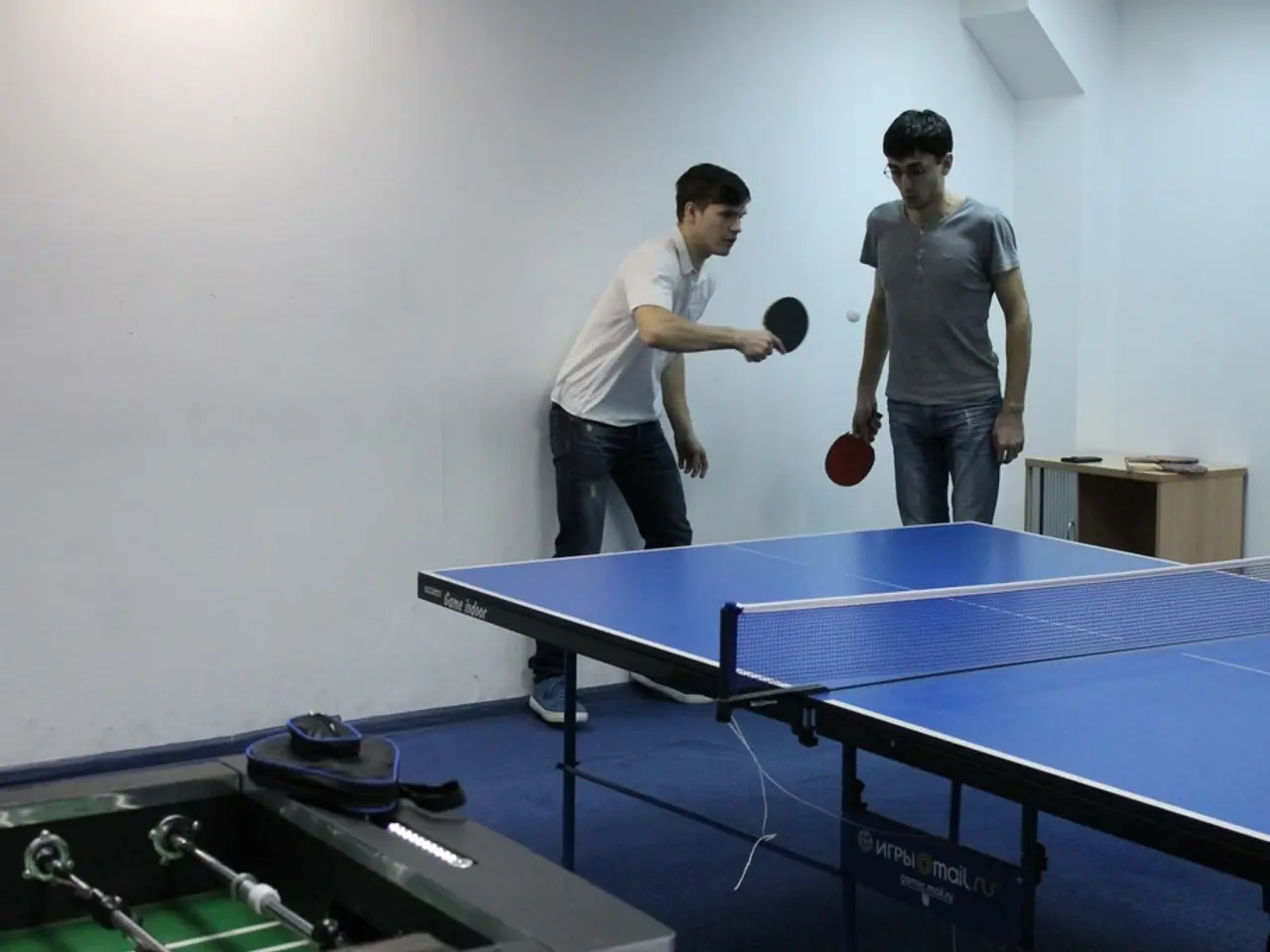Struggle: Swim or Soar.
In the world of poker, understanding your opponent's range and playing style is crucial in postflop decision-making, particularly after an open-raise with a continuation bet (c-bet). This knowledge allows you to evaluate your equity, predict your opponent's actions, and make informed decisions.
Knowing an opponent’s range—the likely set of hands they might hold based on their preflop and betting actions—helps you assess how your hand and potential draws fare against that spectrum. For instance, if an opponent’s range is tight and strong, you might give more respect to their bets and fold marginal hands or play more cautiously. Conversely, if you know the player has a wide or loose range, you can be more aggressive, apply pressure, or widen your bluffing and semi-bluffing opportunities.
The playing style of the opponent—whether they are passive, aggressive, tight, or loose—helps determine their likelihood to fold, call, or raise after your c-bet. Against cautious or tight players, continuation betting and applying pressure with marginal holdings or bluffs might succeed more often. Against aggressive or calling-station players, it may be wiser to play more straightforwardly and avoid bluffing too much.
This knowledge also ties into balancing your range postflop. By mixing aggressive actions with both strong and marginal holdings, you avoid being too predictable, making it harder for opponents to narrow down your range and exploit you. The ability to flip between value bets, semi-bluffs, and occasional trapping depends on correctly reading and anticipating the type of opponent you face on specific board textures.
On certain board textures, knowing which turn cards can improve your equity or increase risk relative to your opponent’s likely holdings is important for adjusting strategy mid-hand. If the turn card makes the board more threatening, you might be more inclined to check or fold. If it is safe or improves your hand, you may continue betting for value or leverage fold equity.
The size of a raise can influence whether an opponent calls or folds, affecting the polarization or depolarization of the range. Against weaker opponents, the speaker might choose to call rather than raise with a draw on the flop. The speaker considers the ratio of overpairs to bluffs in their opponent's range when considering a raise.
Polarizing a range means raising with either very strong hands or weak hands. Depolarizing a range involves raising with hands of more value than in a polarized range. The speaker prefers raising over floating as a bluff on the flop because floating requires a good reason.
Most opponents do not consider the concept of polarizing/depolarizing a range. However, understanding this concept can give you an edge in postflop decision-making. For example, the speaker might raise with J-9 on a T-T-6 flop with a flush draw against a loose player who has shown no tendency to check-fold, if they believe they can fold out hands like Q-J, K-Q, A-8, and 3-3.
Paying attention to what an opponent shows down can help determine whether their range is polarized or depolarized. In a typical NL100 game, a 3-bet between $7 and $9 might work for most players, while a 3-bet to $6.50 could confuse regulars. If the speaker completely misses the flop, they will fold their hand. If the opponent plays raise/fold, the speaker needs to polarize their range (raise J-9 without hitting or drawing, raise nuts, and call with everything else).
In summary, the understanding of your opponent’s range and playing style guides your decision on whether to c-bet aggressively, bluff, check, or fold postflop, enabling you to extract value optimally or minimize losses based on the specific opponent tendencies and the evolving board situation after an open-raise.
What's the range of his poker games at the casino-and-gambling establishment? Given his loose playing style, it would be wise to depolarize my range and bluff more aggressively with casino-games like poker, especially on boards where turn cards provide opportunities for improving my equity.




